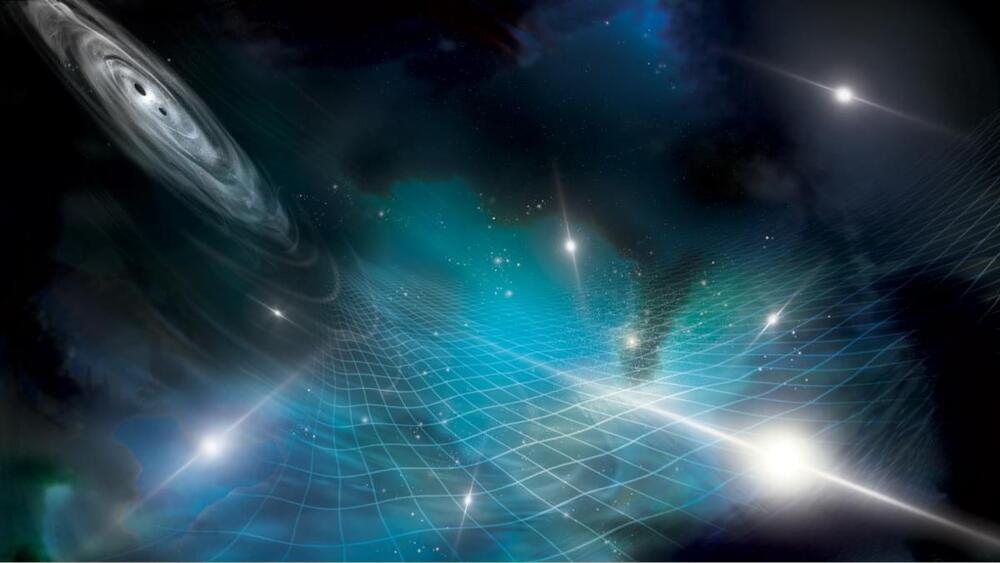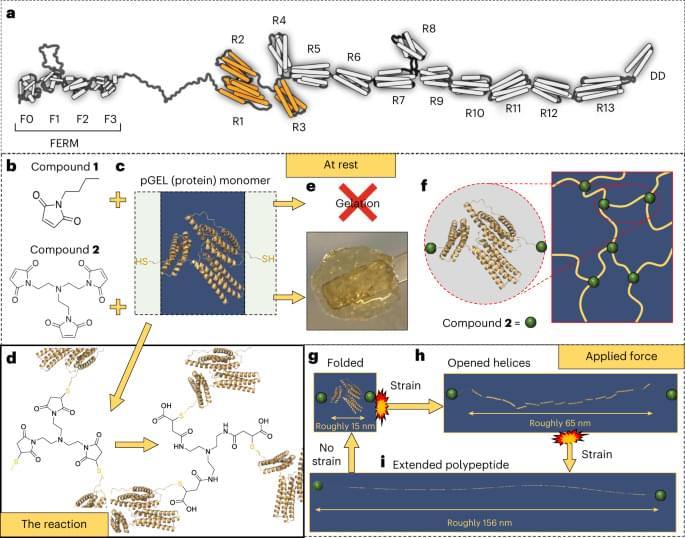The very fabric of the universe is ringing with gravitational waves from its earliest epoch, and researchers have finally “heard” this cosmic symphony.
On Thursday, June 28, the North American Nanohertz Observatory for Gravitational Waves (NANOGrav) revealed the detection of low-frequency gravitational waves, a historic breakthrough that represents 15 years of searching. Yet, this isn’t the first time that humanity has detected gravitational waves. Scientists have been detecting these ripples in the fabric of space using facilities like the Laser Interferometer Gravitational-Wave Observatory (LIGO) since 2015.




